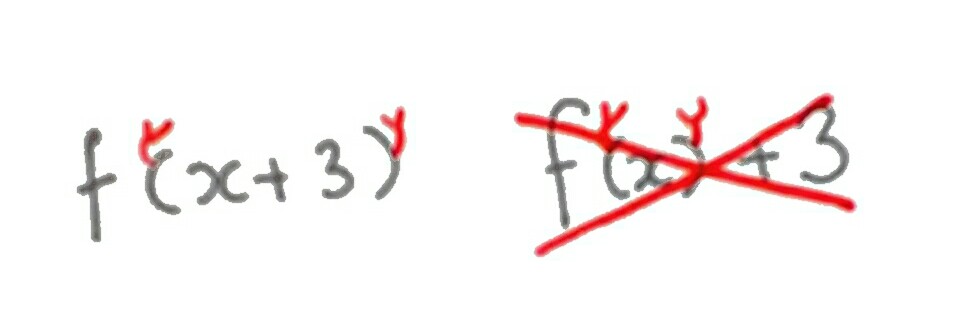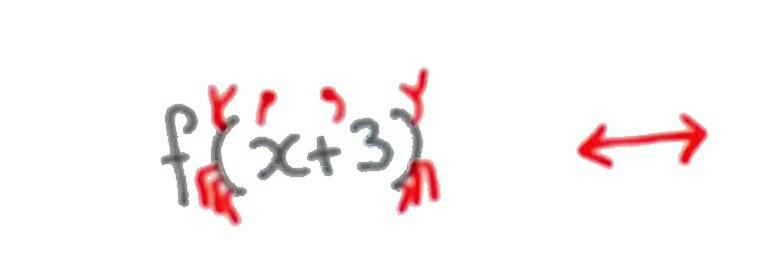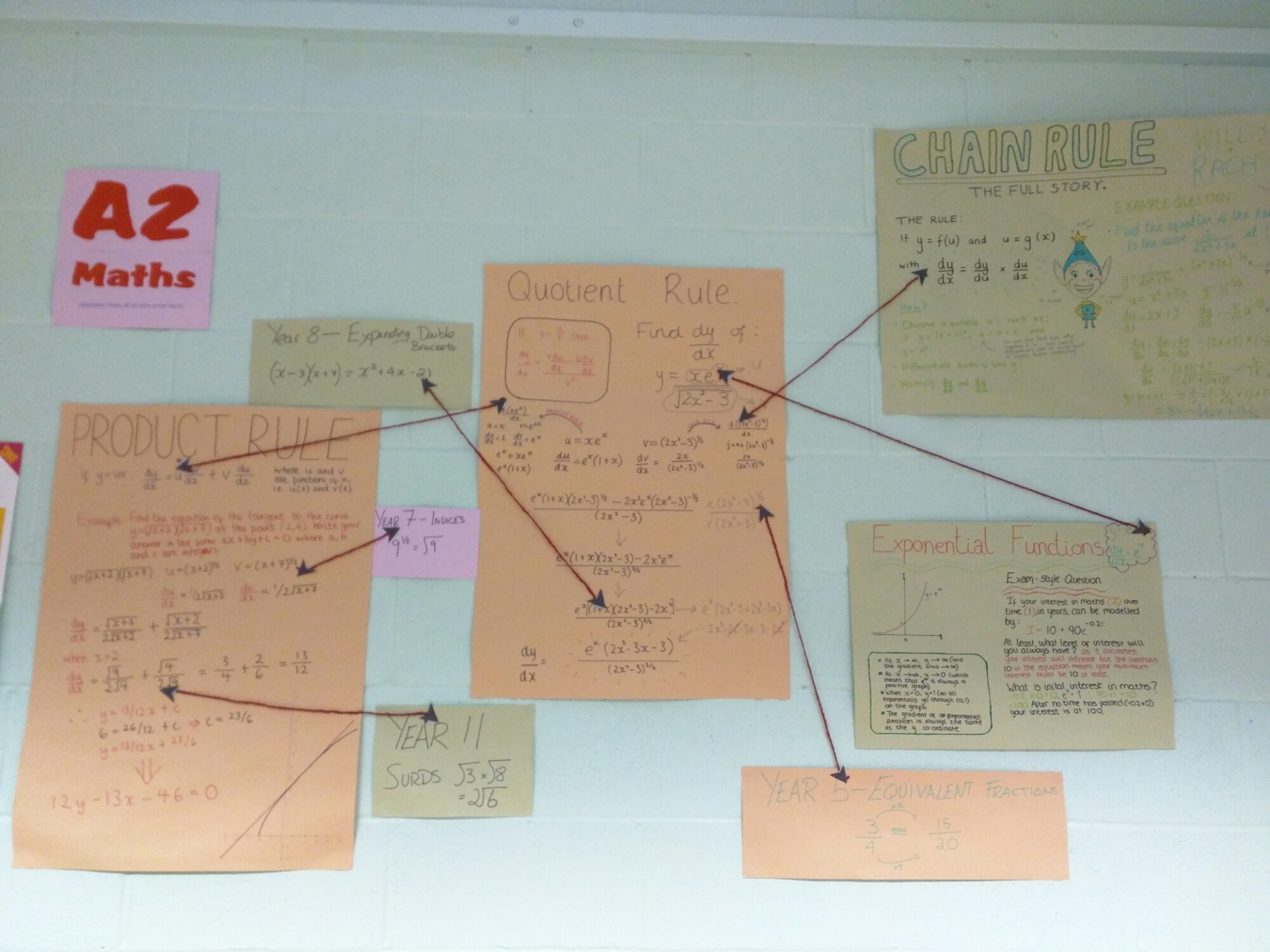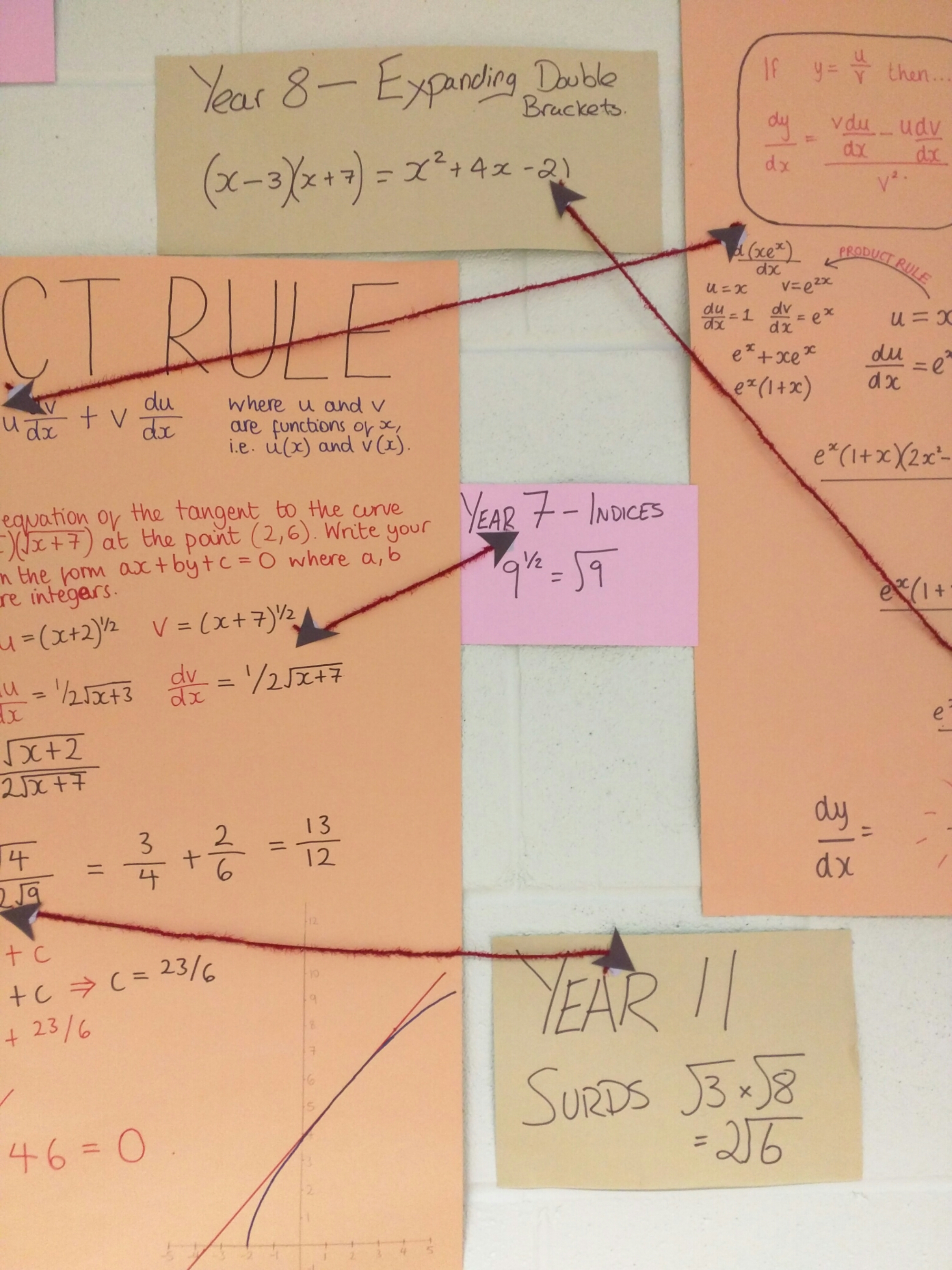Just a quick resource share today!
I’ve been doing functions with my GCSE class as part of the new curriculum and I’ve gone down the algebra route. I could have started with graph drawing like the parallel class did, but I know my class – drawing and accuracy are not their forte. We made brilliant progress with substituting into functions and even composite functions went smoothly. I wasn’t happy with the textbook resources on manipulating functions so I put together a step by step resource, including a basic skills recap:
Manipulating functions (docx)
Manipulating functions (pdf)
I also thought my class needed a little hand holding for inverse functions. There are many ways to do this, but the method I used was designed to allow the class to access the topic with teacher input verbally and on the board.
Inverse Functions worksheet (docx)
Inverse Functions worksheet (pdf)
Hope these help!
Oh and you can even use them as A-Level recap tools.
Updated (19:53): To fix typo on Inverse functions worksheets








